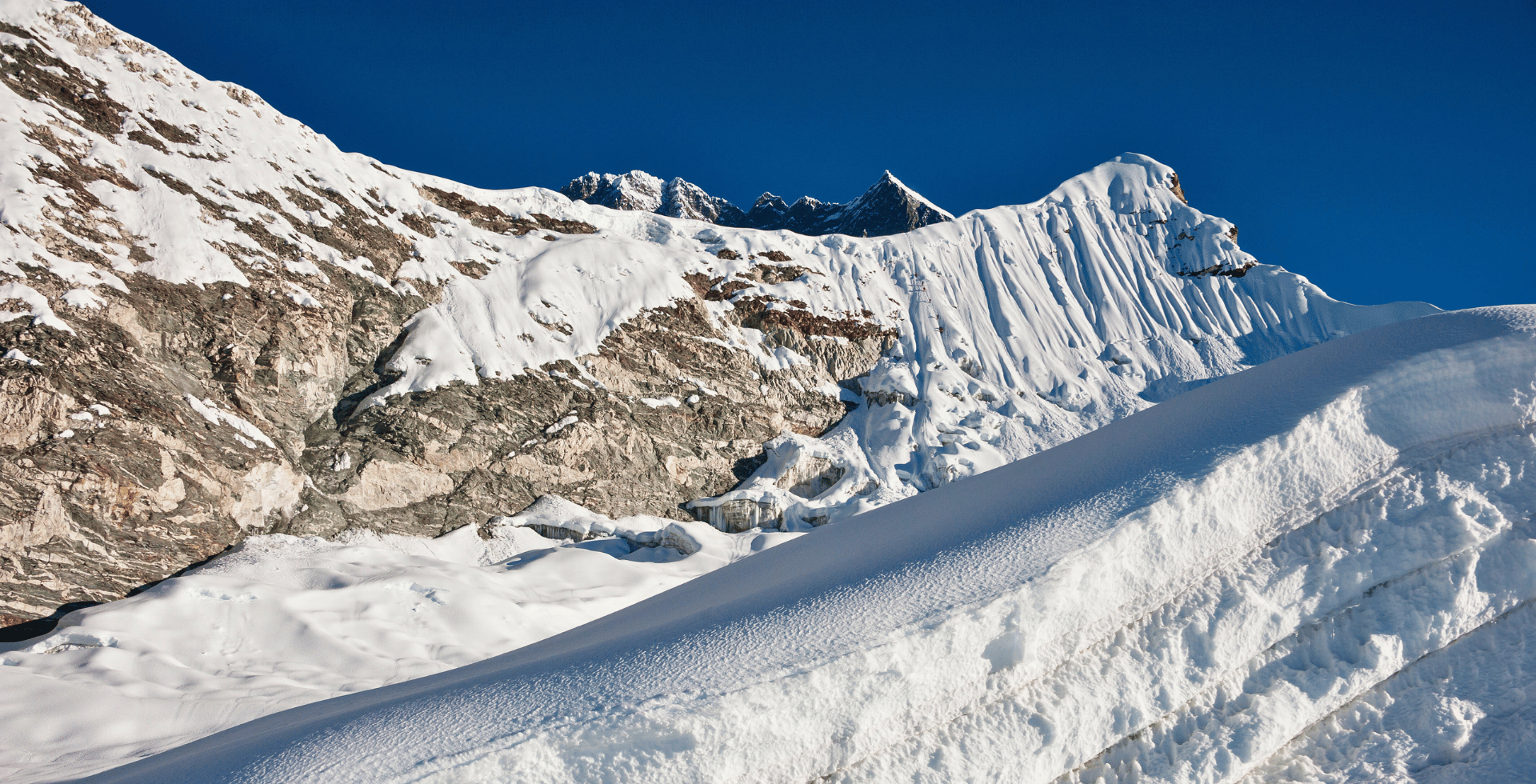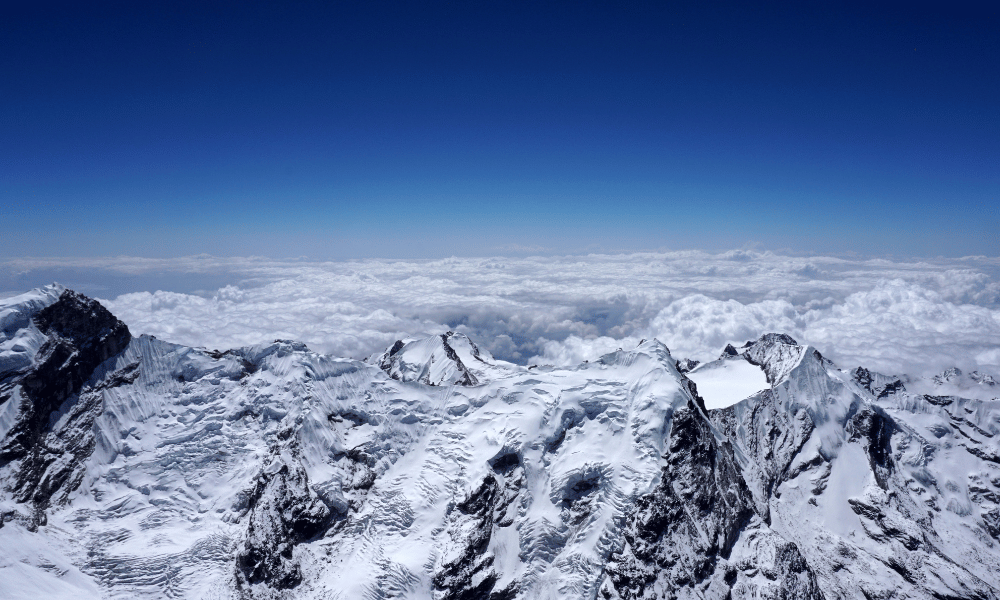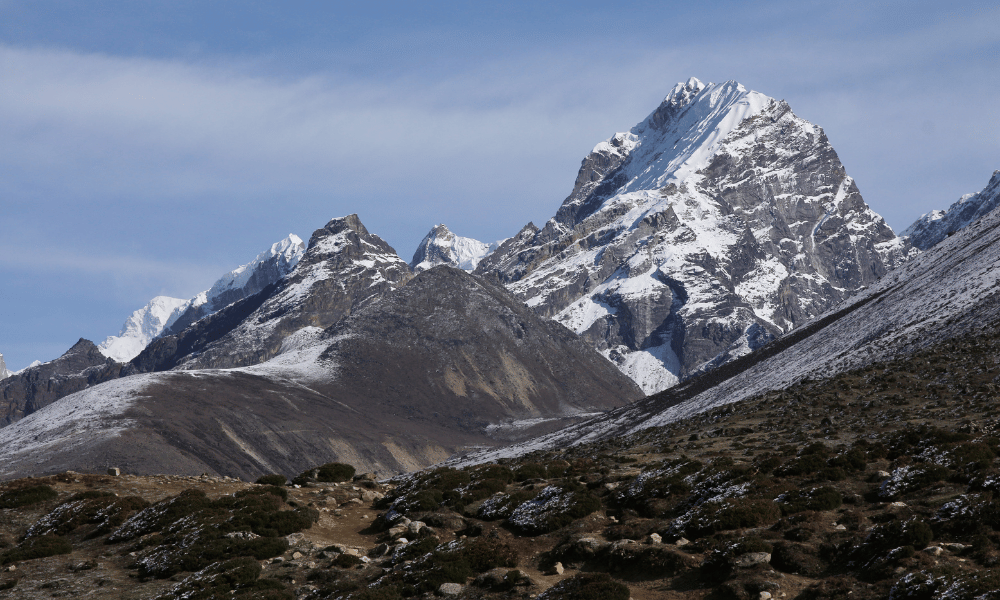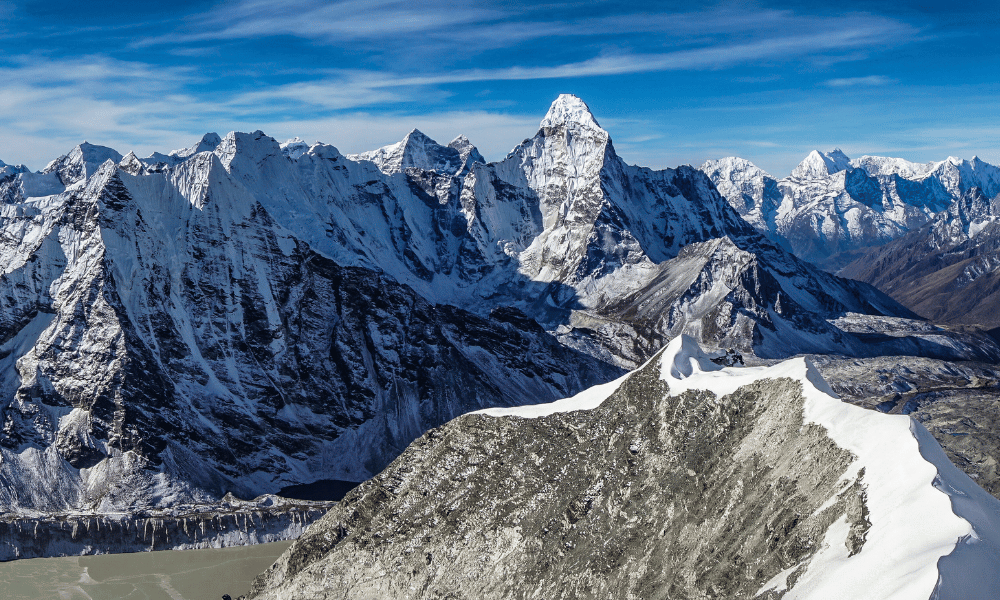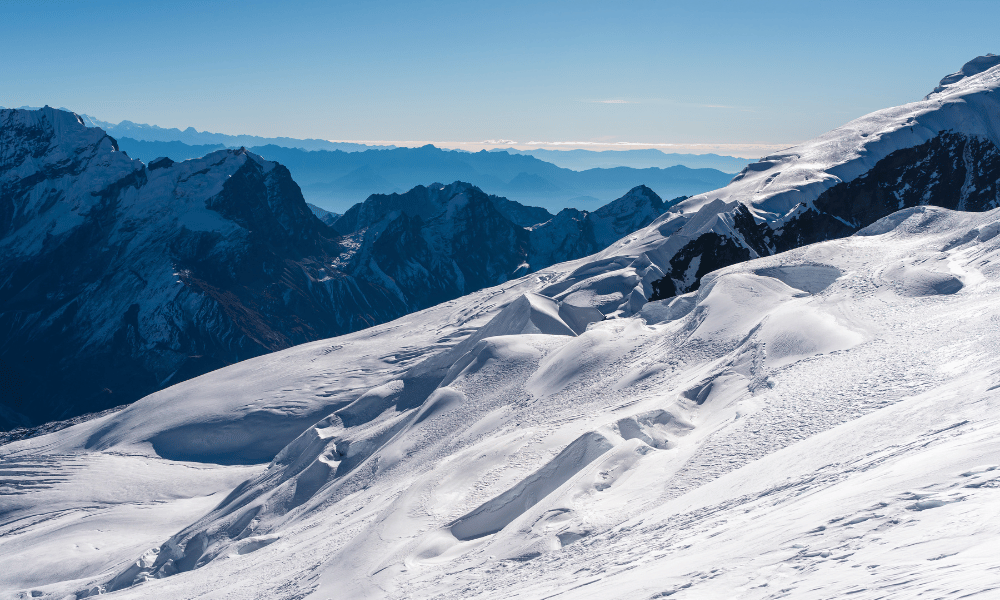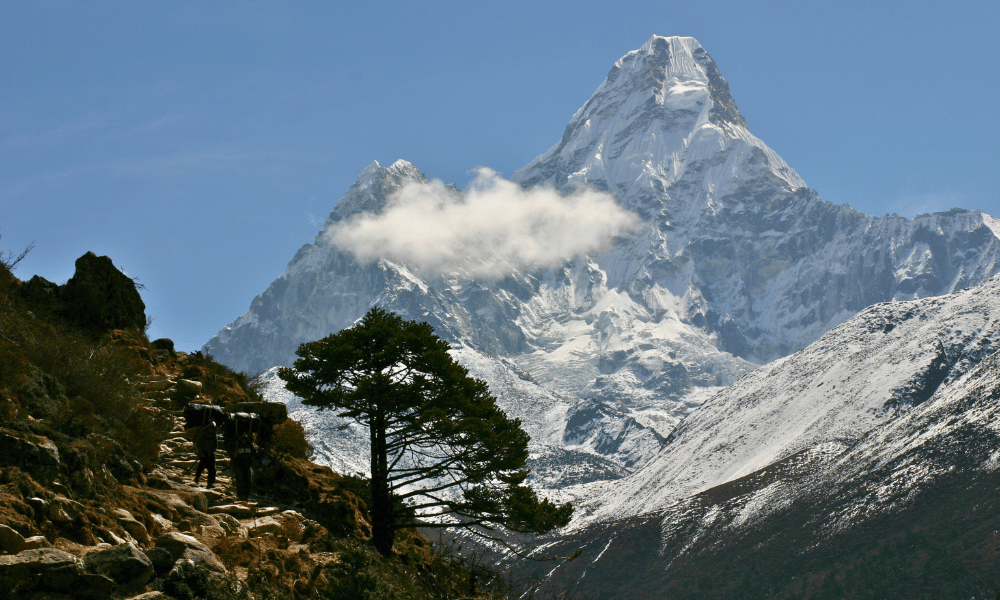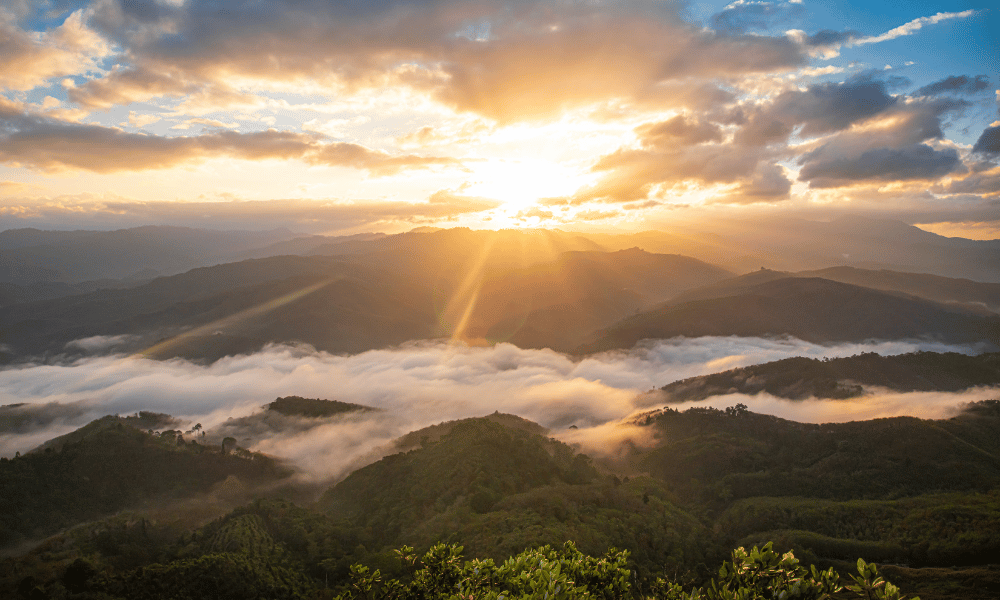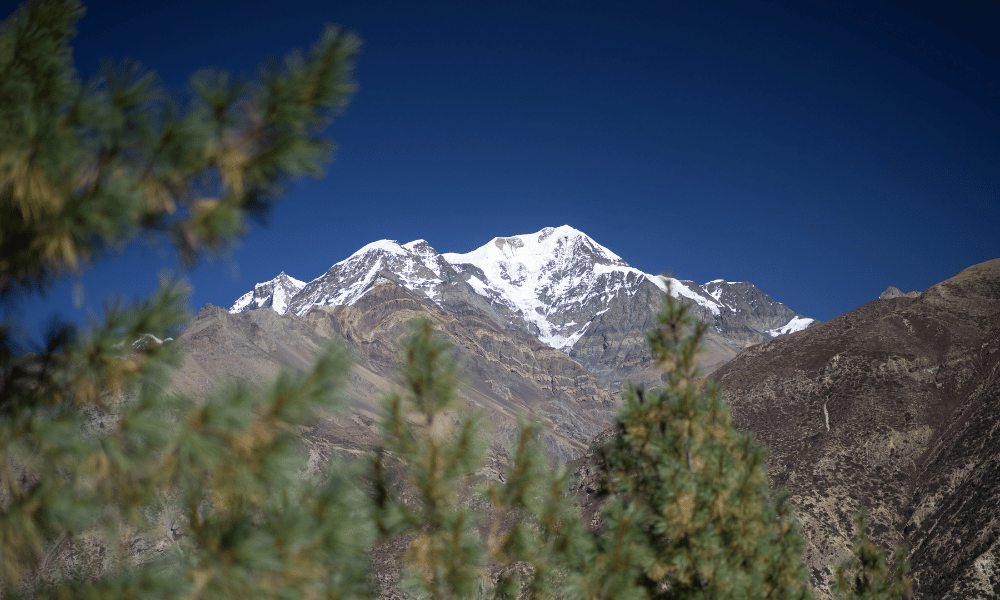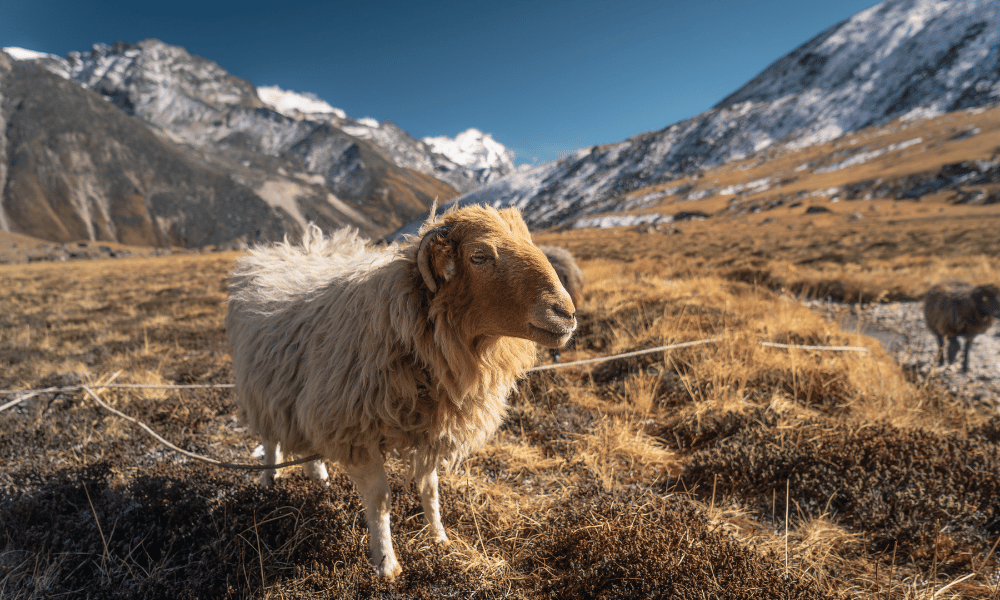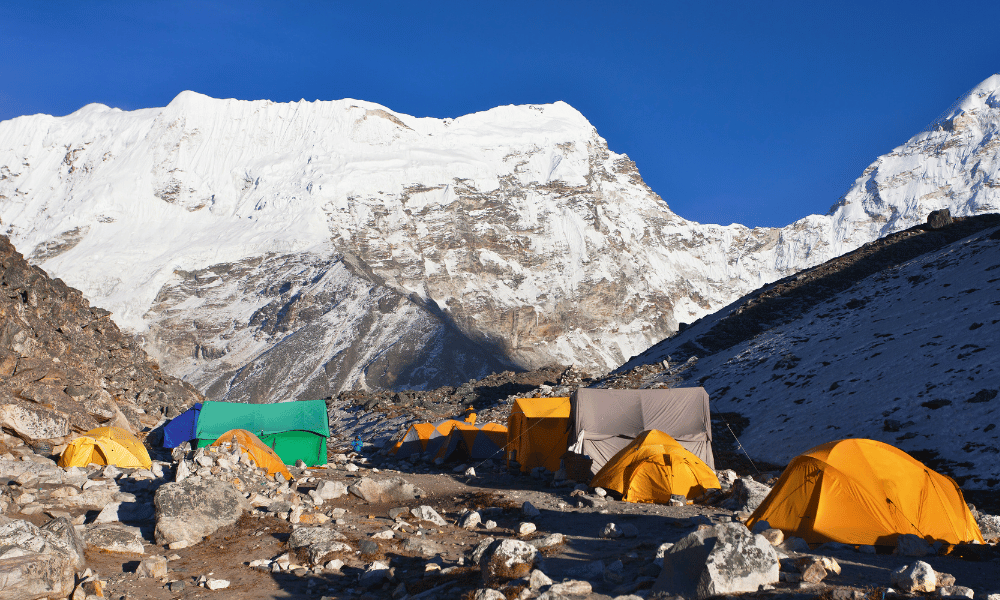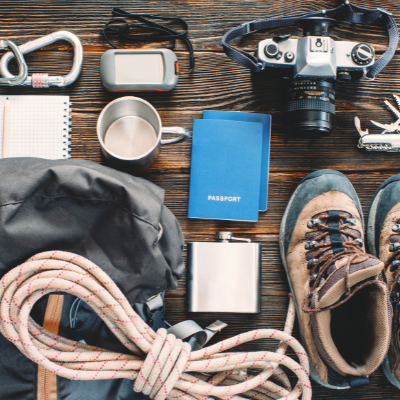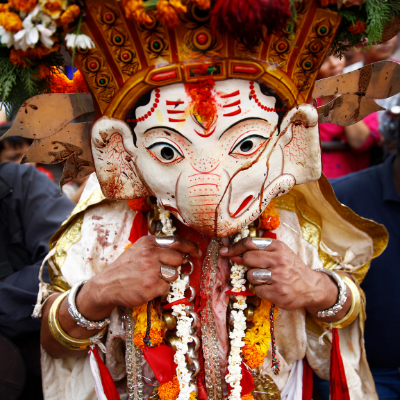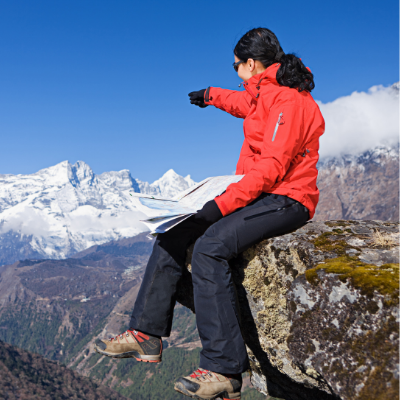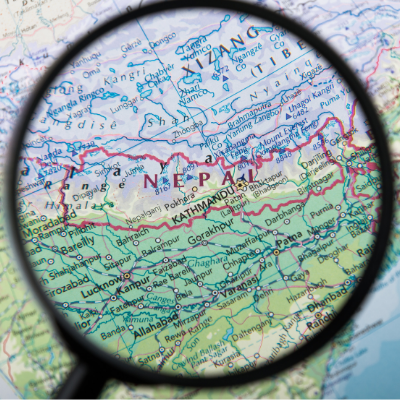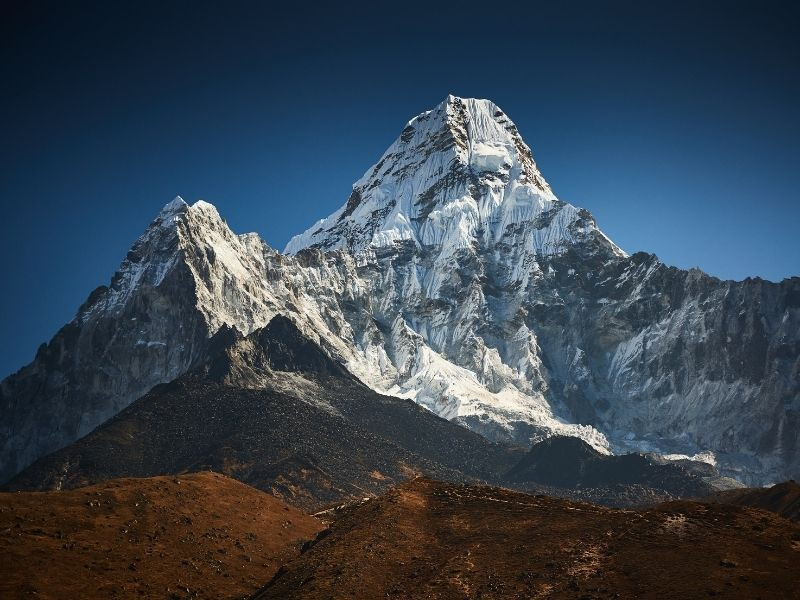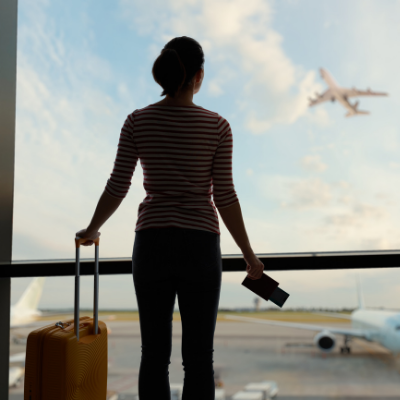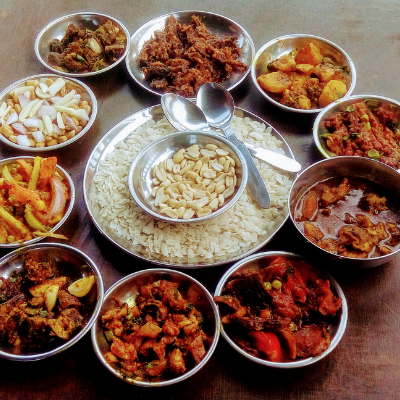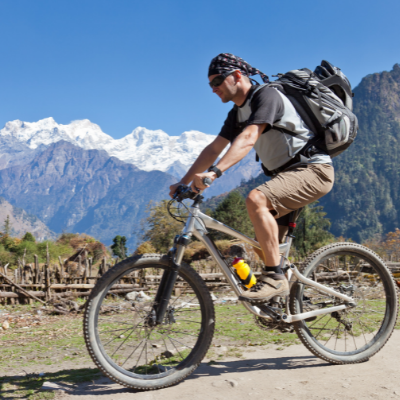Before you strap on your boots and head for the mountains, it's crucial to prepare yourself physically for the arduous journey ahead. Climbing a mountain is no small feat, and physical preparation can significantly influence your overall climbing experience and safety.
1. Physical Fitness
Mountain climbing requires a high level of physical fitness. You'll be ascending steep slopes, navigating rugged terrains, and possibly facing harsh weather conditions. Thus, a combination of cardio endurance, strength, balance, and flexibility is crucial.
Cardiovascular fitness is critical as you will be trekking for hours each day, often at high altitudes where the oxygen level is low. Activities such as running, swimming, cycling, or hiking can help increase your stamina.
Strength training should target your core and lower body, as you will be using these muscles extensively during your climb. Exercises like squats, lunges, step-ups, and planks can be particularly beneficial.
2. Training Schedule
Ideally, you should start training at least two to three months before your climb. Start with low-intensity workouts and gradually increase the duration and intensity. It's also beneficial to mimic the conditions of a mountain climb. For example, hiking on inclined treadmills or stairmasters, or better yet, doing hill repeats if you live near hilly terrain can be excellent preparation.
3. High Altitude Training
Training at high altitudes, if possible, can also be beneficial. This can help your body adapt to lower oxygen levels and reduce the risk of altitude sickness during your climb.
4. Consult a Healthcare Professional
Lastly, it's a good idea to consult with a healthcare professional or a certified trainer before starting your training regimen. They can assess your current fitness level and help tailor a training program that suits your needs.
Remember, your physical preparedness is not just about making the climb easier—it's also about ensuring your safety. The better prepared you are, the more you'll be able to enjoy the breathtaking vistas and the exhilarating experience of climbing a peak in Nepal.
The Right Equipment
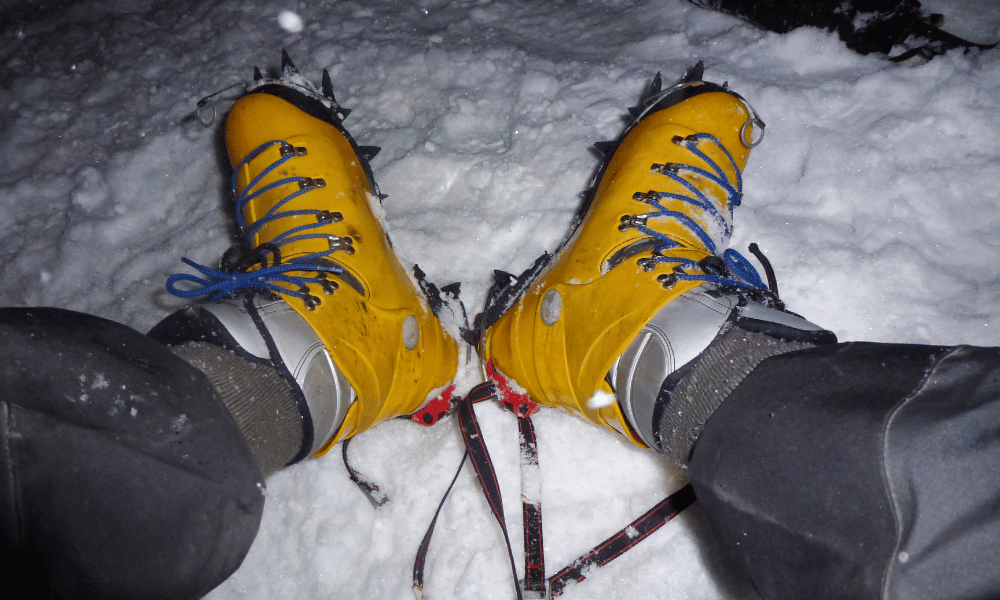
Having the right equipment is just as vital as being physically prepared for your mountain climbing adventure in Nepal. Here, we'll go over some essential gear that every beginner climber should have, along with tips on where you might find them.
1. Clothing
When climbing, you'll be exposed to various weather conditions, so it's crucial to dress in layers. You'll need base layers for moisture management, an insulating layer for warmth, and a waterproof outer layer to protect against wind and rain. Don't forget a good quality hat, gloves, and scarves to protect against cold winds at higher altitudes.
2. Footwear
Invest in a sturdy pair of waterproof hiking boots that offer good ankle support. For high-altitude or snowy climbs, insulated mountaineering boots may be required. Thick thermal socks are also essential.
3. Backpack
A durable, waterproof backpack is necessary to carry your gear. Ensure that it has comfortable straps and an internal frame for better weight distribution.
4. Climbing Equipment
Basic climbing equipment includes a climbing helmet for protection, a harness, carabiners, a belay device, and ropes. For snowy or icy terrains, ice axes, and crampons might be required.
5. Other Essentials
Other essentials include a first-aid kit, a headlamp, sunglasses, sunscreen, a water bottle or hydration pack, high-energy snacks, and navigation tools like a map, compass, or GPS.
6. Renting or Buying Equipment in Nepal
Most of this equipment can be rented or purchased in Kathmandu or Pokhara, the two major cities in Nepal. There are several reputable outdoor gear stores where you can find international brands. However, it might be a good idea to bring specialty items from home, especially if you have specific preferences or needs.
One final word of advice – make sure all your equipment is of good quality and in excellent condition. Faulty or inadequate equipment can compromise your safety and negatively impact your climbing experience. Also, familiarize yourself with all gear before your climb, as proper usage is as important as the equipment itself.
Altitude Sickness
Altitude sickness, or Acute Mountain Sickness (AMS), is a potentially serious condition that can affect climbers and trekkers at high altitudes, typically above 8,000 feet (2,400 meters). It's caused by rapid exposure to low amounts of oxygen at high elevations, leading to a variety of symptoms ranging from mild to severe.
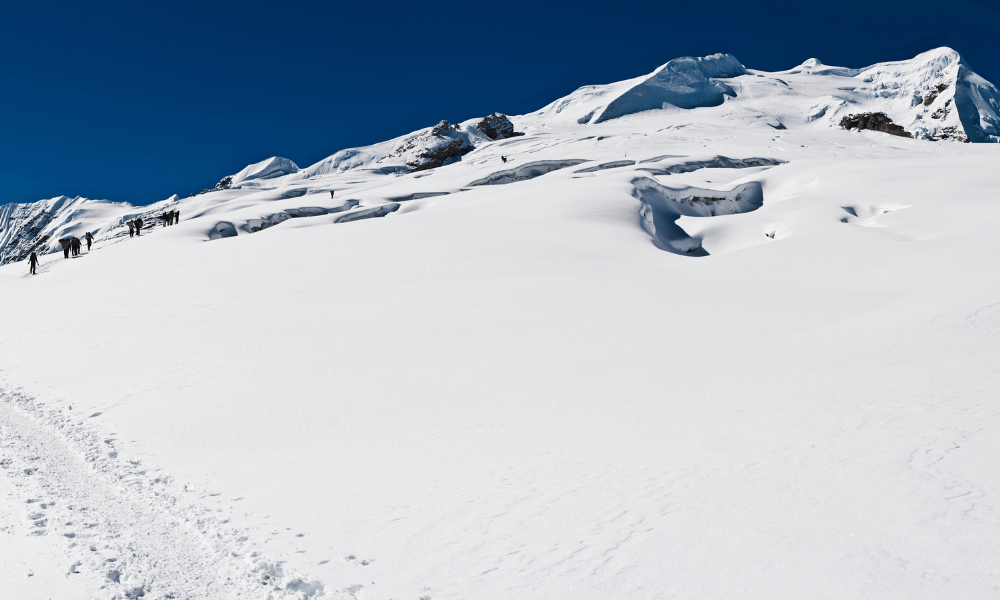
1. Symptoms
Symptoms of altitude sickness often resemble those of a hangover. They include headache, nausea, dizziness, fatigue, shortness of breath, and difficulty sleeping. If left untreated, altitude sickness can progress to more severe conditions like High Altitude Pulmonary Edema (HAPE) or High Altitude Cerebral Edema (HACE), which can be fatal.
2. Prevention
The key to preventing altitude sickness is a gradual ascent, which allows your body time to acclimatize to the lower oxygen levels. This typically means not ascending more than 1,000 feet (300 meters) a day once you're above 10,000 feet (3,000 meters). Rest days to acclimatize are crucial when you're climbing to higher altitudes.
3. Stay Hydrated and Nourished
It's also essential to stay well hydrated and maintain a balanced diet. Avoid alcohol and caffeine as they can lead to dehydration.
4. Medication
There are also medications available, such as acetazolamide (Diamox), which can help prevent and reduce the symptoms of altitude sickness. However, these should be used under the guidance of a healthcare professional.
5. Listen to Your Body
It's crucial to listen to your body during your climb. If you start to experience symptoms of altitude sickness, don't ignore them. Rest, descend to a lower altitude if symptoms persist or worsen, and seek medical attention if necessary.
Remember, there's no shame in turning back or taking an extra day for acclimatization. Safety should always be your top priority when climbing. The mountains will always be there for you to return when you're better prepared.
Legalities and Permits
Before embarking on your climbing adventure in Nepal, it's important to be aware of and comply with the legal requirements. These are designed to ensure both your safety and the preservation of Nepal's natural environment.
1. Climbing Permits
Every climber in Nepal is required to obtain a climbing permit. The permit process varies depending on the peak you plan to climb. For most peaks, you'll need a permit from the Nepal Mountaineering Association (NMA), and for others, like those in the Everest region, you may need a permit from the Department of Tourism.
The cost of the permit depends on the peak and the season in which you plan to climb. Keep in mind that permits are issued on an individual basis, not for the mountain, meaning each climber in a group must have their own permit.
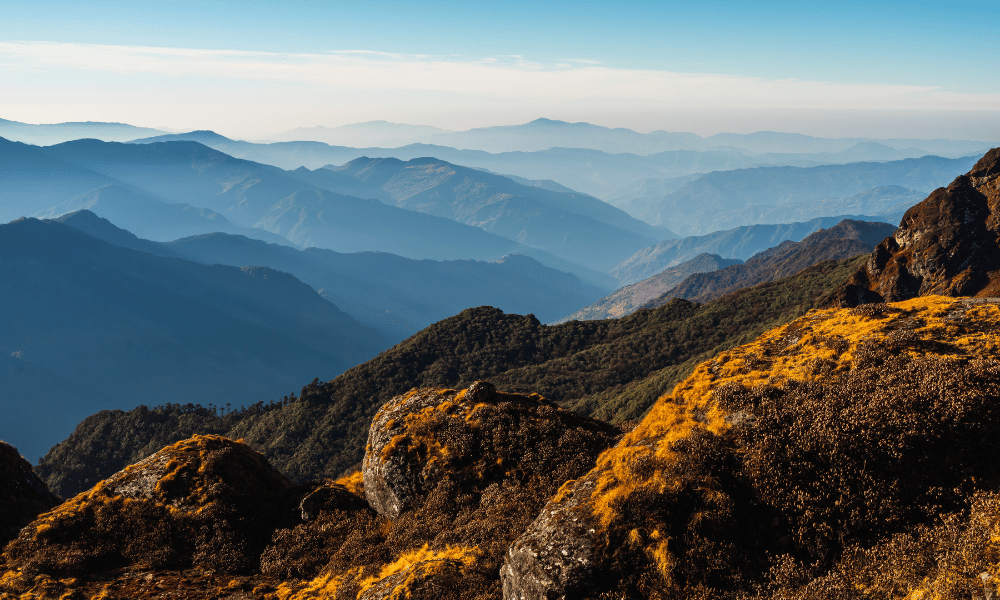
2. Trekking Permits
In addition to the climbing permit, you may also need a trekking permit, such as the Trekkers' Information Management System (TIMS) card, depending on your route.
3. Liaison Officer
For certain peaks, you'll also need to be accompanied by a Liaison Officer assigned by the Ministry of Tourism. This officer ensures climbers follow all rules and regulations, and provide assistance in case of accidents or disputes.
4. Hiring a Guide
While not always a legal requirement, it's highly recommended, and sometimes compulsory, to hire a local, certified guide for your climb. Not only does this support the local economy, but these guides have the experience and knowledge to ensure your safety and enhance your climbing experience.
Make sure to start the permit process well in advance of your trip, as it can take some time. A reputable local or international trekking agency can help guide you through the process. Remember, while these regulations may seem tedious, they're in place for your safety and the sustainability of mountain climbing in Nepal.



